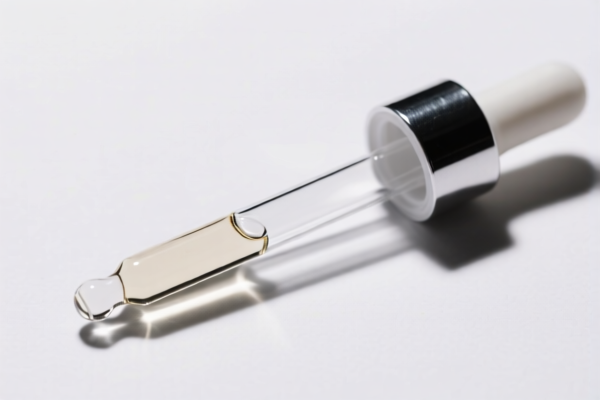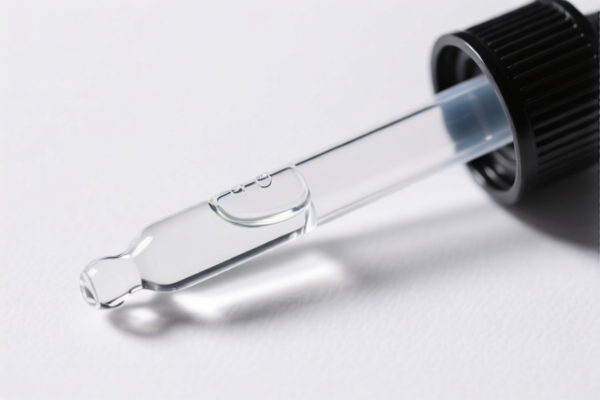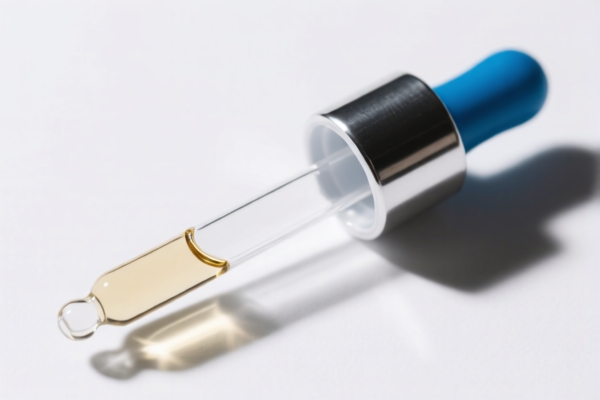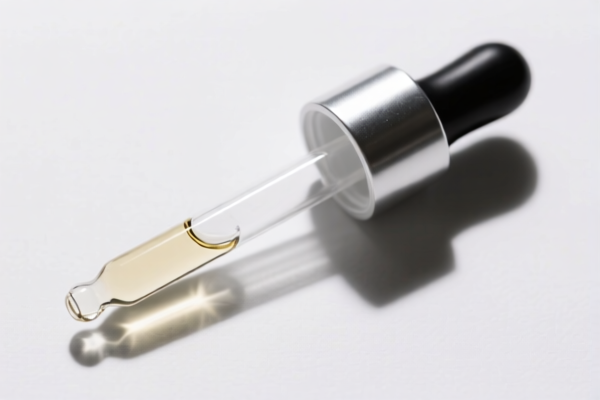| HS Code | Official Doc | Tariff Rate | Origin | Destination | Effective Date |
|---|---|---|---|---|---|
| 9616100000 | Doc | 37.5% | CN | US | 2025-05-12 |
| 9616200000 | Doc | 34.3% | CN | US | 2025-05-12 |
| 9027905995 | Doc | 55.0% | CN | US | 2025-05-12 |
| 9027908800 | Doc | 55.0% | CN | US | 2025-05-12 |
| 3006700000 | Doc | 35.0% | CN | US | 2025-05-12 |
| 3006910000 | Doc | 34.2% | CN | US | 2025-05-12 |
| 3810905000 | Doc | 60.0% | CN | US | 2025-05-12 |
| 3923300010 | Doc | 58.0% | CN | US | 2025-05-12 |
| 3923300090 | Doc | 58.0% | CN | US | 2025-05-12 |
| 3917400095 | Doc | 60.3% | CN | US | 2025-05-12 |
| 3917320050 | Doc | 58.1% | CN | US | 2025-05-12 |




Pipettes
Pipettes are laboratory tools used to accurately measure and transfer small volumes of liquid. They are essential for a wide range of applications in chemistry, biology, medicine, and other scientific disciplines.
Material
Pipettes are commonly constructed from the following materials:
- Glass: Traditionally, pipettes were made entirely of glass. Glass pipettes are relatively inexpensive and can withstand a variety of chemicals, but are fragile and prone to breakage.
- Plastic: Disposable plastic pipettes are widely used for convenience and to avoid cross-contamination. These are typically made of polypropylene.
- Serological Pipettes: Often made of polystyrene, these are designed for tissue culture and cell biology applications.
- Micropipettes: Typically constructed with a combination of plastic and stainless steel components for precision and durability.
Purpose
The primary purpose of a pipette is to deliver a specific volume of liquid with high accuracy and precision. They are used for:
- Quantitative Analysis: Delivering precise volumes of reagents in chemical reactions.
- Biological Assays: Accurate liquid handling in ELISA, PCR, and other biochemical assays.
- Cell Culture: Transferring cells and media in a sterile environment.
- Titration: Delivering precise volumes of titrant.
- General Liquid Transfer: Moving small volumes of liquids in a controlled manner.
Function
Pipettes operate based on the principle of creating a vacuum to draw liquid into a narrow bore and then dispensing it. Different types utilize various mechanisms to achieve this:
- Volumetric Pipettes: Designed to deliver a single, precise volume. Liquid is drawn up to a calibration mark and dispensed by gravity.
- Graduated Pipettes: Have markings indicating multiple volumes, allowing for variable volume delivery.
- Pasteur Pipettes: Simple glass tubes used for transferring liquids without precise volume measurement.
- Serological Pipettes: Calibrated in milliliters and often feature a tapered tip for smooth dispensing along the side of a vessel.
- Micropipettes: Utilize a plunger mechanism to accurately measure and dispense very small volumes (typically 1-1000 µL). These rely on displacement of a fixed volume of air.
Usage Scenarios
- Research Laboratories: Routine use in chemical, biological, and biochemical experiments.
- Clinical Laboratories: Analyzing blood samples, performing diagnostic tests.
- Pharmaceutical Industry: Quality control, drug development.
- Food Science: Analyzing food samples, performing quality control tests.
- Environmental Monitoring: Analyzing water and soil samples.
Common Types
- Volumetric Pipettes: Single volume, high accuracy.
- Graduated Pipettes: Multiple volumes, moderate accuracy.
- Pasteur Pipettes: Non-calibrated, for approximate volumes.
- Serological Pipettes: For cell culture, tapered tip, calibrated in milliliters.
- Micropipettes: Variable volume, high precision, digital or mechanical.
- Repeating Pipettes (Mohr Pipettes): Deliver a series of equal volumes.
- Automatic Pipettes: Mechanized pipettes for high-throughput liquid handling.
- Electronic Pipettes: Feature electronic control for precise volume delivery and dispensing.
Based on the provided reference material, the following HS codes may be relevant to “pipettes”:
-
3923300010: This HS code falls under Chapter 39, which covers articles for the conveyance or packing of goods, of plastics. Specifically, it relates to carboys, bottles, flasks and similar articles of a capacity not exceeding 50 ml. Pipettes, if made of plastic and within this volume capacity, would be classified here. The two-digit sections represent:
- 39: Plastics and articles thereof.
- 23: Articles for the conveyance or packing of goods, of plastics.
- 30: Carboys, bottles, flasks and similar articles.
- 00: Further specification of the article type.
- 10: Capacity not exceeding 50 ml.
-
3923300090: This HS code also falls under Chapter 39, covering articles for the conveyance or packing of goods, of plastics. However, it relates to carboys, bottles, flasks and similar articles other than those with a capacity not exceeding 50 ml. If the pipettes are made of plastic and have a capacity exceeding 50 ml, this HS code would be applicable. The two-digit sections represent:
- 39: Plastics and articles thereof.
- 23: Articles for the conveyance or packing of goods, of plastics.
- 30: Carboys, bottles, flasks and similar articles.
- 00: Further specification of the article type.
- 90: Other.
According to the provided reference material, the HS code options related to 'pipettes' are limited, with only the following 2 found.
Please verify the material (plastics) and capacity (≤50ml or >50ml) of the pipettes to determine the correct HS code.
Customer Reviews
No reviews yet.